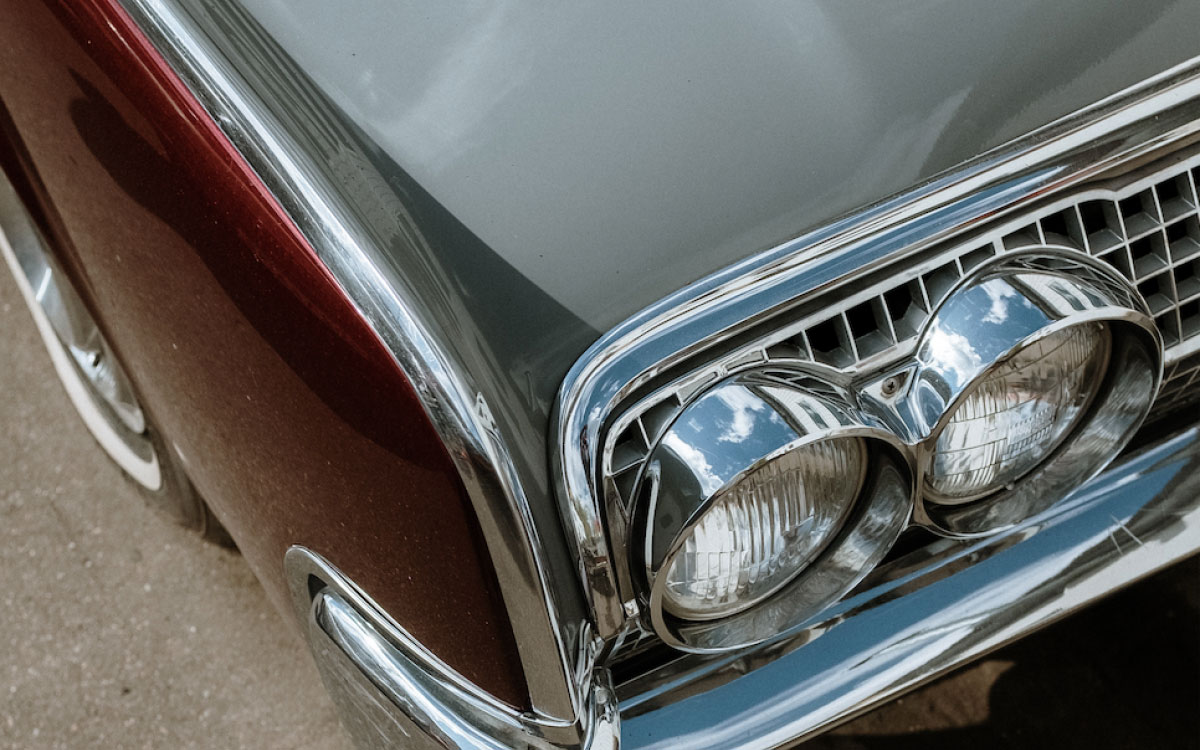10/08/2020
Classic cars are a precious jewel for many people and owning one of these is a pleasure and a fortune because in their design are embodied different times that will not return. Their resistance and style make them highly valued by collectors and lovers of classic pieces.
Below we tell you what are the main advantages and disadvantages of classic cars:
Advantages of a historic vehicle
- In many locations you do not have to pay road tax for historic vehicles
- They have to go through MOT (vehicule inspection) less often: every two years if they're between 30 and 40 years old, three years if you are between 40 and 45 years old and four years if over 45 years.
- The vehicule inspections are less complete depending on the type of vehicle being inspected. They can normally be exempted from emissions testing or suspension
- Insurance is cheaper

Disadvantages of a historic vehicle
- The DGT may limit the circulation of a historic vehicle. For example, it may restrict the dates or lanes on which it may travel, if the vehicle cannot exceed 80 km/h. They may also prohibit driving at night or in poor visibility conditions, if it does not have an adequate lighting system. In addition, if you cannot exceed 60 km/h you may not be allowed to drive on the motorway or expressway. If you cannot exceed 40 km/h you must always drive on the hard shoulder or as close to the right as possible if there is no hard shoulder.
- Insurance companies usually impose a limit of 5,000 km per year
- The procedures to convert it into a classic vehicle cost about 600 euros.
- The State could request the car for exhibitions if it has a relevant historical value.
